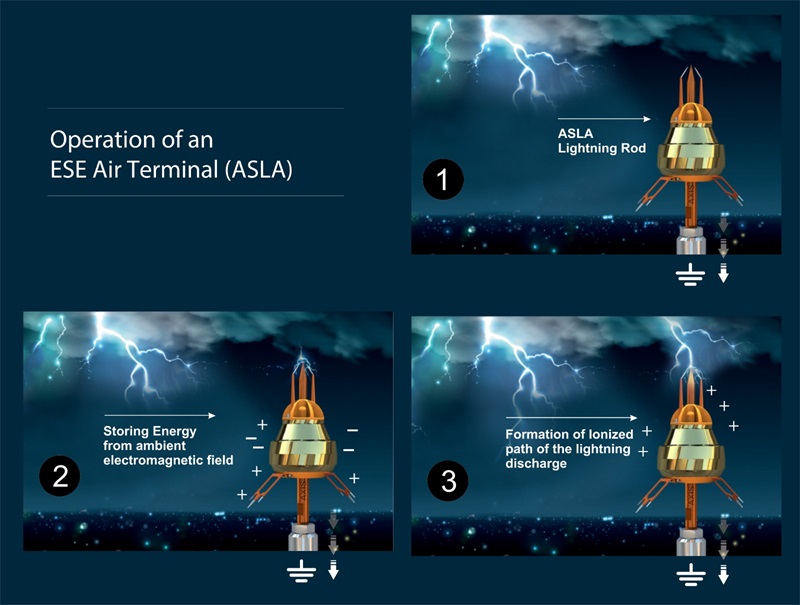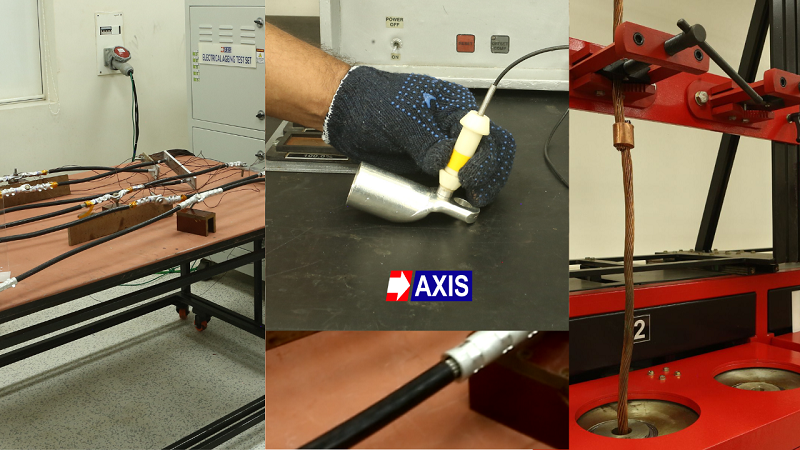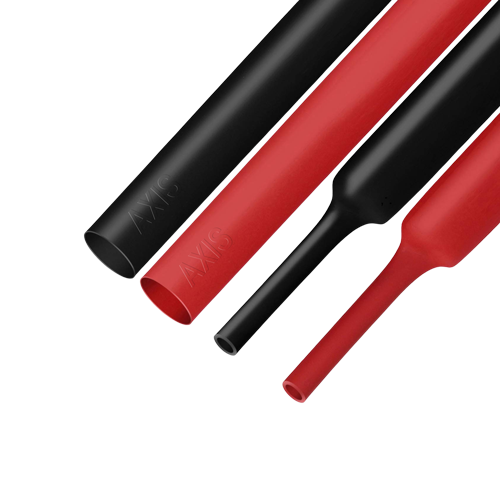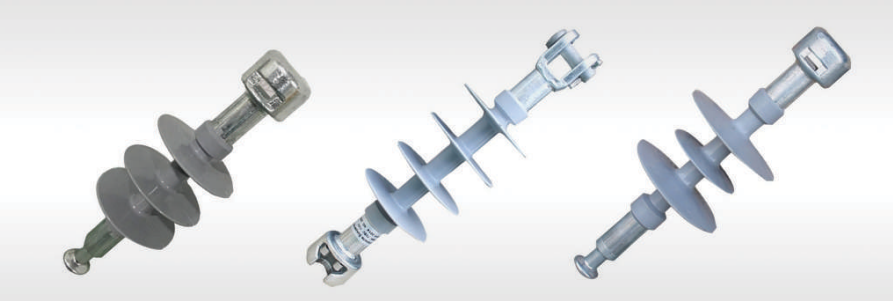PG Clamp Types and Installation
Let’s understand Parallel Groove connectors, commonly known as PG Clamp. If you’re involved in electrical systems or just curious about the essential components that keep our power grids running smoothly, this blog is for you. We will explore what a PG Clamp is, the different types of PG Clamp available …













